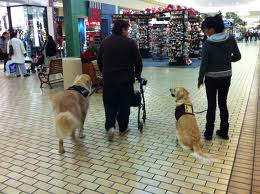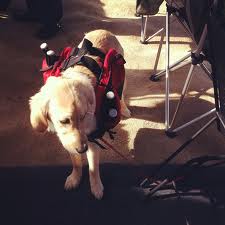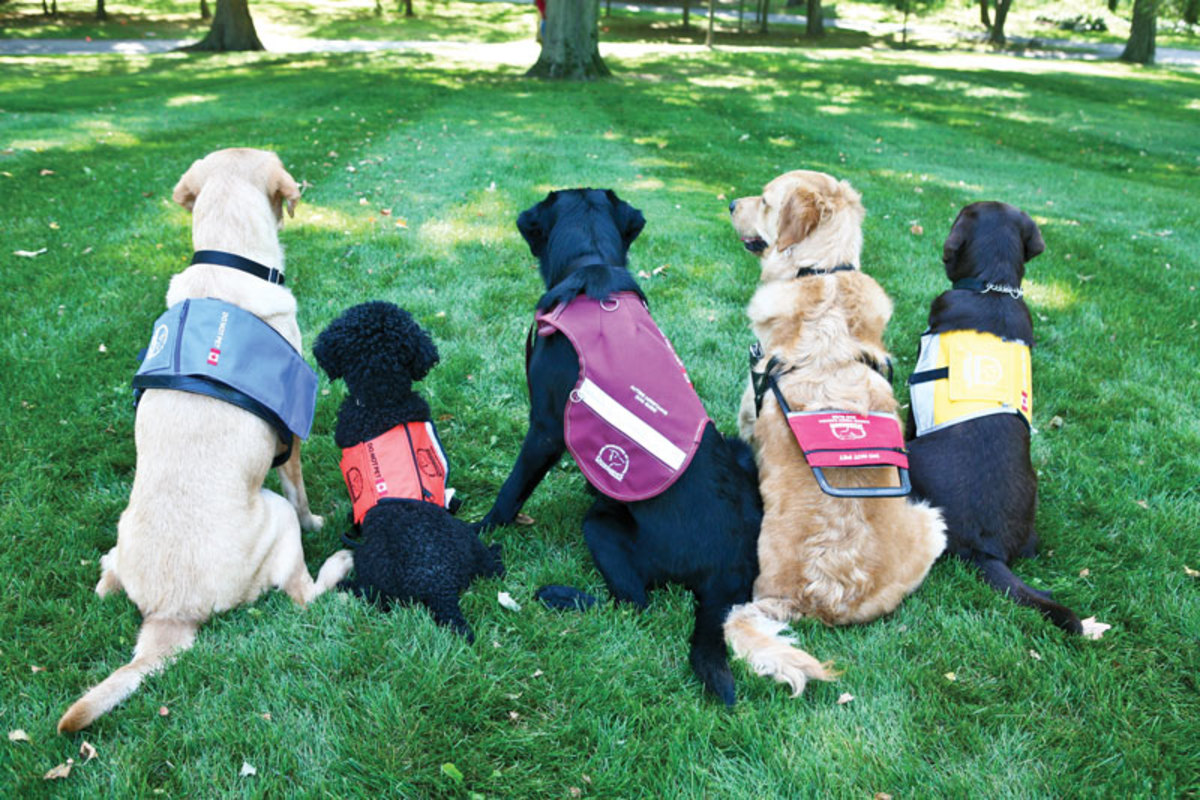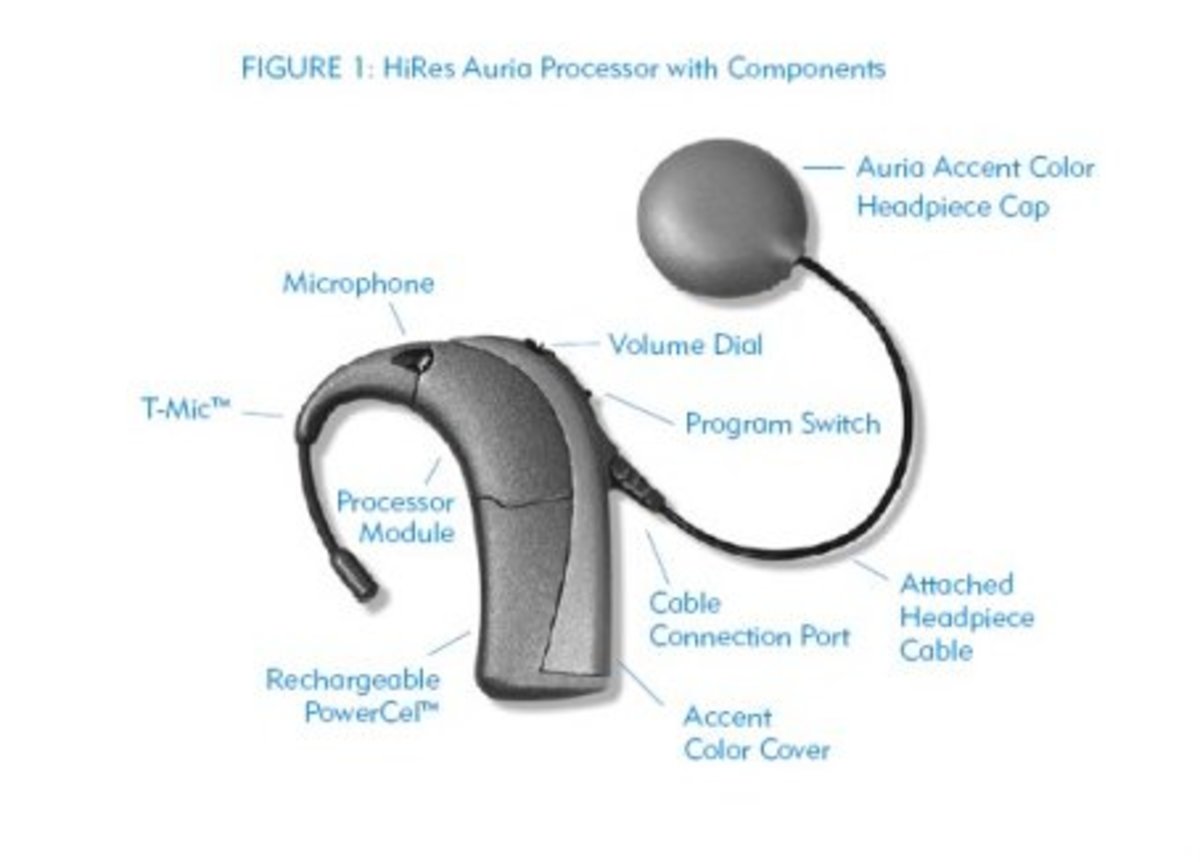How Do Seizure Assistance Dogs Sense Seizures?

Over the years there has been plenty of controversy surrounding the topic of seizure sensing service dogs. Mainly on the topic of how exactly do they do it? How do service alert dogs know when the onset of a seizure is coming and how to protect their owners from harm? Here’s a little information on the topic:

Training
The training of a service response dog is pretty extensive. It can take anywhere up to 2 years to complete the training. Training must also be re-enforced to ensure the service animal will stay atop what he/she has learned. It has been found during experience that not all dogs have what it takes to be trained. They have to show that they are able to learn and alert their prospective owners. The purpose of the training is for the safety of the owner. During a seizure the individual can fall and begin thrashing around. This can be unsafe for them depending on where they land. Trainers teach the dogs the following to help make things better for the person:
- How to roll their owner over in order to clear their air passage.
- Clear vomit from their mouth.
- Getting help by barking out or trained to get someone.
- Operating a special phone that includes a 911 button.
- Carrying around information about owner in case they can’t communicate who they are.
- Pulling objects away from individual to avoid harm.
- Provide stability for patients when they come out of seizure and can’t securely stand.
- Guiding patient to a central location.

Behavior Exhibited
Lots of times a seizure service animal will exhibit what appears like abnormal behavior at the time to someone who doesn’t understand their agenda. However knowingly to the dog, they are going into protection mode to ensure their owner will come through their seizure unharmed. Signs of this can be:
Pawing
Clawing
Circling
Pushing owner down
Close Eye Contact
Lie on top of or next to owner to prevent them from moving violently.
So How Do They Predict a Seizure?
Some epilepsy sufferers can sense themselves when a seizure is about to come on. They have what is called and aura. Some see a certain light or feel a particular “weirdness”. Those that experience this aura say that their dogs have nudged them out of harm’s way before even they themselves feel their aura come on. It has been said that seizure dogs can provide help for seizures anywhere from 30 – 45 seconds or more before the individual even has one. But how are they doing it?
Okay, you’ve waited long enough. Unfortunately there is no cut and dry answer for this. It is still questioned as to how a seizure animal detects an oncoming seizure. It has been decided amongst doctors and scientific studies that those dogs or animals that are exhibiting seizure sensing behavior somehow have an innate sense for those types of conditions. It is a gift that some animals seem to possess. It is nothing, as of yet, that can be trained. Most speculate that with a dog’s acuteness in senses, they are able to detect certain odor changes that may be associated with the chemical changes that occur with the onset of a seizure. A Dr. Roger Peep, Ph.D says that, “the electrical activity in the brain prompts the seizure 90 minutes before the actual physical signs.” He believes that the dogs are picking up on this change and begin reacting.
Another speculation is that the canines are detecting certain physical body changes. For this to occur, the bond between dog and owner is probably a pretty tight one. In order for this to occur, the dog has to have been with its owner for at least 6 months in order for the dog to begin noticing the owner’s ticks and behaviors prior to a seizure. A twitch of the face, slight movement of the hands or fingers, these are the subtle nuances that become signals for the observant service animal to jump into action. Again, this is something that can’t be trained by these animals. A true “seizure predicting dog” acts out of instinct and anything it does during or after the seizure is its training.

Other Service Animals
As of today, the ADA, the Americans with Disabilities Act, has stated that it only recognizes a dogs as having the ability to truly be called a seizure alert animal but according to others out there that just might not be the case. There have been stories of snake owners that say their boa constrictor tightens when it feels its owner coming on with a seizure. Another case is of a cat that exhibited peculiar behavior when its owner would later that day go into a seizure. Other possible service alert animals heard of are ferrets and birds.


Popular Breeds Used for Service
Golden Retriever
Setter Mixes
Samoyed Crosses
Border Collie Crosses
German Shepherd

Where You Can Find Seizure Response/Alert Dogs
Pet Partners – A state by state directory.
*Prices for a seizure response/alert dog can range from $5,000 to $25,000. As of yet health insurance does not cover cost for such a service.
The bond between human and dog has always been one to marvel at and admire. Dogs have been known to stay by their owner in their times of sadness and danger. So is it so shocking that they save them in their time of need during a seizure? Providing them with comfort and a helping paw. No. The question though still remains. What exactly is it that can trigger a dog into action to warn someone of a seizure? Will it ever be discovered and honed in on? In the end, does it really matter? Seizure alerting animals are giving empowerment to individuals who thought their lives were over. No matter what it is giving dogs their keen sense to pick up on this disabling affliction they are indeed a great service and friend.
NiaG's Related Hub
Check the facts out for yourself:
- ADA
- Seizure Predicting Dogs
- Service Animals Help Humans Live Healthy Lives
- Top 10 Service Dogs
- Service Alert/Response Dogs
- 6 of the Most Unusual of Service Animals
- An Epilepsy Patient's Best Friend
- Service Cats: Feline Fur Balls Save Lives Seizure-Alert Dogs Save Humans With Early Warnings
- Seizure Response Dog
- Can a Dog Really Predict an Epileptic Seizure?








